Yes, both EIR and AD elements are defined by the GAP profile. This is managed in the host.
No, the same GAP profile is applicable to both classic and BLE. However, a device can support either one or both. What I mean by this is that if you have a Classic-only device, then the qualification will be against the classic GAP profile, while if you have and LE-only device, then the qualification will be against an LE-only GAP profile. In other words, in terms of Bluetooth qualification both the GAP profiles appear to be separate, but on the device itself it is one GAP profile.
Theoretically, GAP-related information is managed on the host layer, and this is then passed to/from the lower layers (see figure from Bluetooth Core Specification below). The controller then takes the information and sends it out in the packet format specified for EIR/AD data by the Bluetooth specification.

- This depends on what you mean by GAP? To avoid confusion, GAP can be a service sitting in your GATT table, but this is not exactly the same as the GAP profile. The GAP service that sits in the GATT table is a subset of the GAP profile in that it contains some information about the GAP profile but is not a 1:1 direct reflection. The Scan Response data itself is defined by the GAP profile, but it is usually not included in the GAP service. Below is a list of all of the mandatory/optional fields for the Scan Response Data (SRD). You can find this and more information in the Supplement to the Core Specification.

Yes, the GATT server (also known as GATT table) should be formed before a connection is made. However, the GATT table can be updated when a connection has already been made. Again in this case I believe you are referring to the GAP service which is slightly different from the GAP profile.
No, fields that are the same in the EIR/AD data should have the same value. This is reflected in the description of the device name in Core Bluetooth Specification v5.3, Vol 3, Part C, Section 3.2.2.1.1:-
A BR/EDR/LE device type shall have a single Bluetooth Device Name
which shall be identical irrespective of the physical channel used to
perform the name discovery procedure.
If you haven't done so already, I highly recommend reading the Bluetooth Core Specification v5.3, Vol 3, Part C (page 1230) - GENERIC ACCESS PROFILE, as it will have answers to all of these questions and more.
Below are some additional useful resources:-

